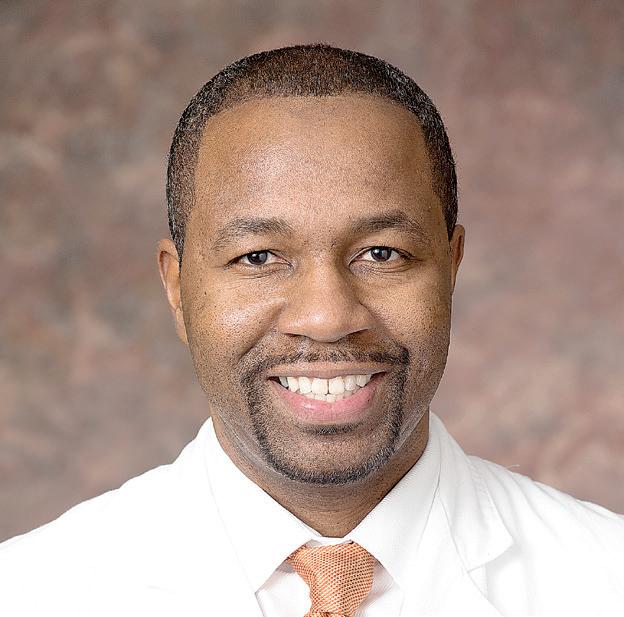
2 minute read
Get back to active after a heart attack
Being heart-healthy generally requires a lifetime of prevention. But for some seniors, there’s an entirely new focus—how to live and enjoy a full life following a heart attack. Cardiac rehabilitation (or rehab) is an innovative journey for older adults. And it pays off.
Patients say that rehab seems to lift their spirits and cardiologists say it improves heart function. Dr. Marcus Brown, medical director of Cardiac Rehab at Atlanta’s Northside Hospital, would like to see the public’s awareness raised when it comes to this treatment option.
“We know that cardiac rehab can reduce a patient’s chance of overall death by 20 to 40 percent, reduce the chance of getting readmitted to the hospital by 20 to 30 percent, and help patients return to work and activities of daily living sooner,” explained Brown.
“[But] despite the wealth of evidence supporting the proven benefits of cardiac rehabilitation, the services are greatly underutilized,” Brown said in an online interview with Atlanta Senior Life.
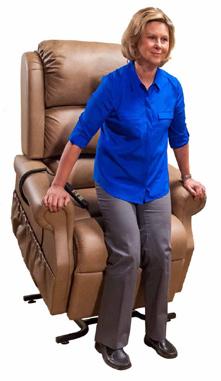

Getting help and treatment quickly can often limit damage to your heart muscles, according to the National Heart, Lung and Blood Institute. The problem with many heart attacks, however, is they can happen when least expected.
“A heart attack can definitely slow you down,” said Atlanta senior Art Schultz, 79. Schultz speaks from his personal experience and immediate treatment. “The first one set me back for about a month or so while I was trying to figure out how and if my life would change.” It happened in 2004 while visiting in New York and celebrating a wedding anniversary. The heart attack was unexpected and a shock for both Schultz and his wife.
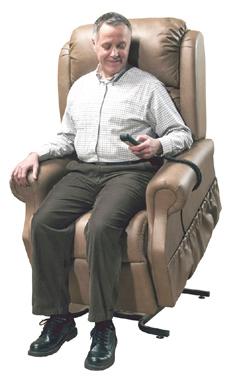
“The second attack (2005) also slowed me down,” he admitted, but within a week he resumed his normal activity with his doctor’s approval. Schultz maintains his key to recovery was eating right, keeping his weight in line with suggestions from doctors, exercising, getting plenty of rest and [most importantly] remaining active. Schultz encourages his friends to stay as active as possible. “Don’t think about the heart attack,” he said. “Definitely don’t dwell on it. Always look forward, and never look back because there’s nothing you can do about the past.”
Actually, it was hard to catch up with Schultz for an interview—he was off on a longawaited cruise to South America and expects to enjoy life to its fullest.
Although a lot of people can begin a walking regimen right away, it’s critical to discuss all physical activities with your healthcare provider before starting any exercise program. In many cases, cardiac rehabilitation is the first significant step for recovering patients.

After a heart attack, most people who don’t have chest pain or discomfort or other problems can safely return to the majority of their normal activities within a few weeks, according to medical experts.
An important question is: are we under-using cardiac rehabilitation? The American Heart Association fact sheet states the underuse is often “among women and minorities.” Medicare beneficiaries also underuse rehab—but those who take advantage of it appear to have better outcomes.

Brown said he has “countless examples of lives that have been improved with cardiac rehab.” One case Brown remembered concerns a 75-year-old woman who was diagnosed with multiple blockages and underwent open-heart surgery.
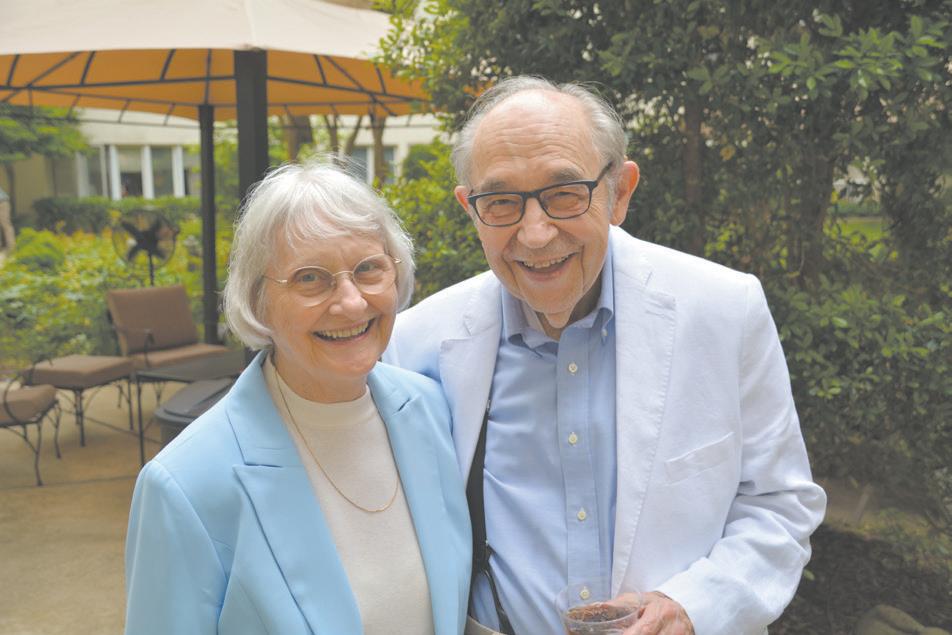
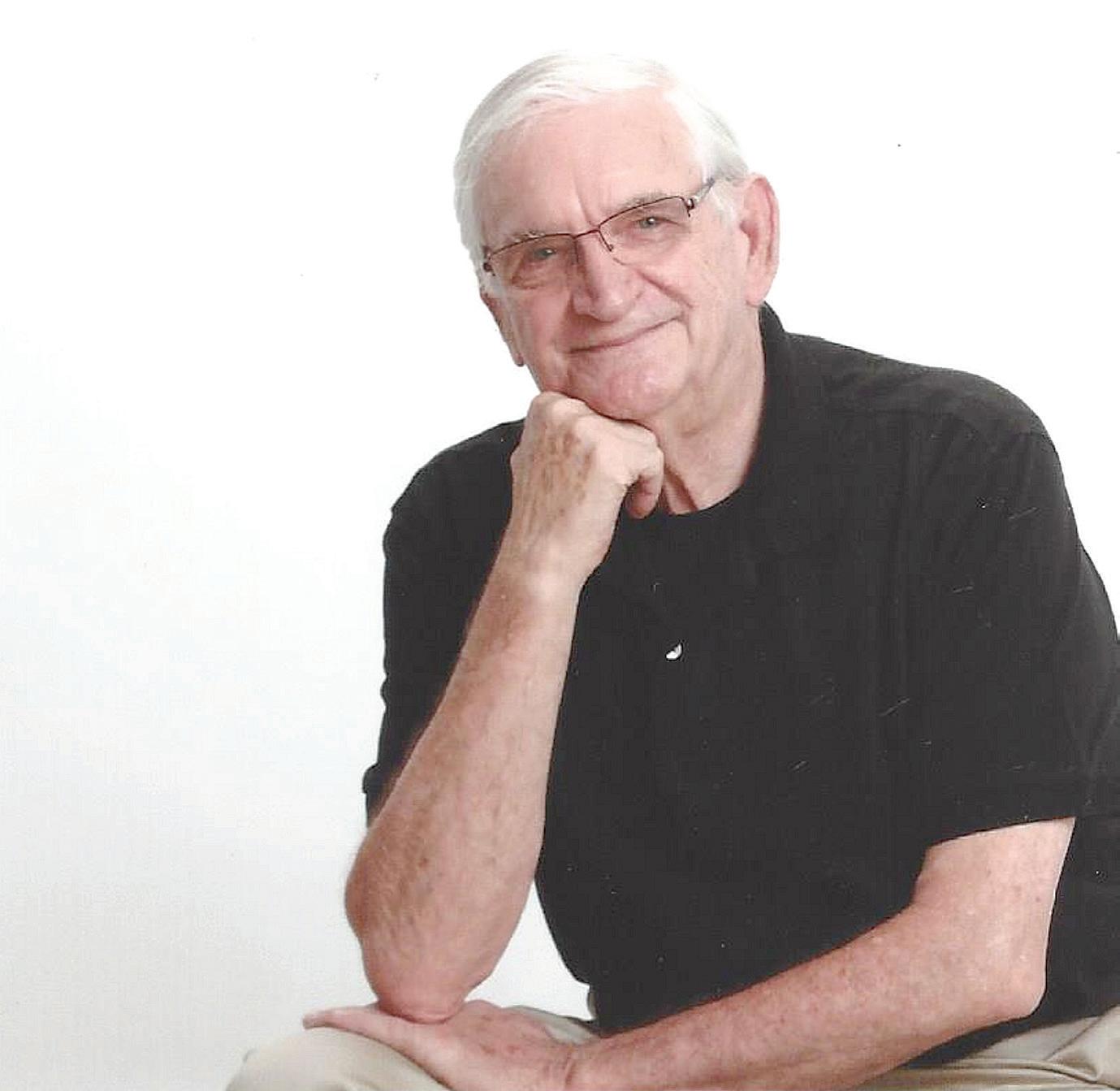
“Prior to the surgery, she admitted to being inactive,” continued Brown. “She was not watching her diet and occasionally smoking. Now she exercises regularly, watches her diet carefully, no longer smokes and she actually hiked up Stone Mountain!”
One more note: the British Cardiovascular Society suggests that marital status may have an important impact on the length of a patient’s hospital stay. Think about marriage (or companionship) as good for the heart. However, the same study also indicates, “It is reasonable to suggest that these results can be attributed to better social support at home.”
This February, in those busy weeks before the Valentine’s Day, focus first on your preventive health. Plan longer walks, eat the right stuff (maybe just one piece of chocolate) and have your blood pressure checked on a routine basis.
Take the time to give your spouse, significant other or close family friend that extra hug. Apparently, hugs are good for you, too!










